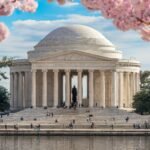Introduction to Coringa Wildlife Sanctuary
Coringa Wildlife Sanctuary, near Kakinada in Andhra Pradesh, India, is a natural treasure worth exploring. Covering about 235 square kilometers, this sanctuary is famous for its lush mangrove forests and unique estuarine wetlands. These habitats support diverse wildlife and protect the area’s rich natural heritage.
Since its establishment in 1978, Coringa Wildlife Sanctuary has focused on preserving its biodiversity. The mangroves, with their salt-tolerant trees, thrive in the intertidal zones. They offer essential breeding grounds and feeding areas for both marine and land animals. Positioned where the Godavari River meets the Bay of Bengal, Coringa’s ecosystems are particularly valuable.
This sanctuary benefits not just wildlife but also the local community. The mangroves act as natural barriers, reducing coastal erosion and protecting the shoreline where many locals depend on fishing. Additionally, ecotourism here educates visitors about conservation and supports the local economy.
Ongoing conservation efforts keep Coringa’s ecosystem thriving. Projects focus on restoring habitats, monitoring wildlife, and engaging the community in sustainable practices. By protecting Coringa Wildlife Sanctuary, we safeguard a vital ecological and economic resource for Andhra Pradesh and beyond.
Biodiversity and Wildlife of Coringa

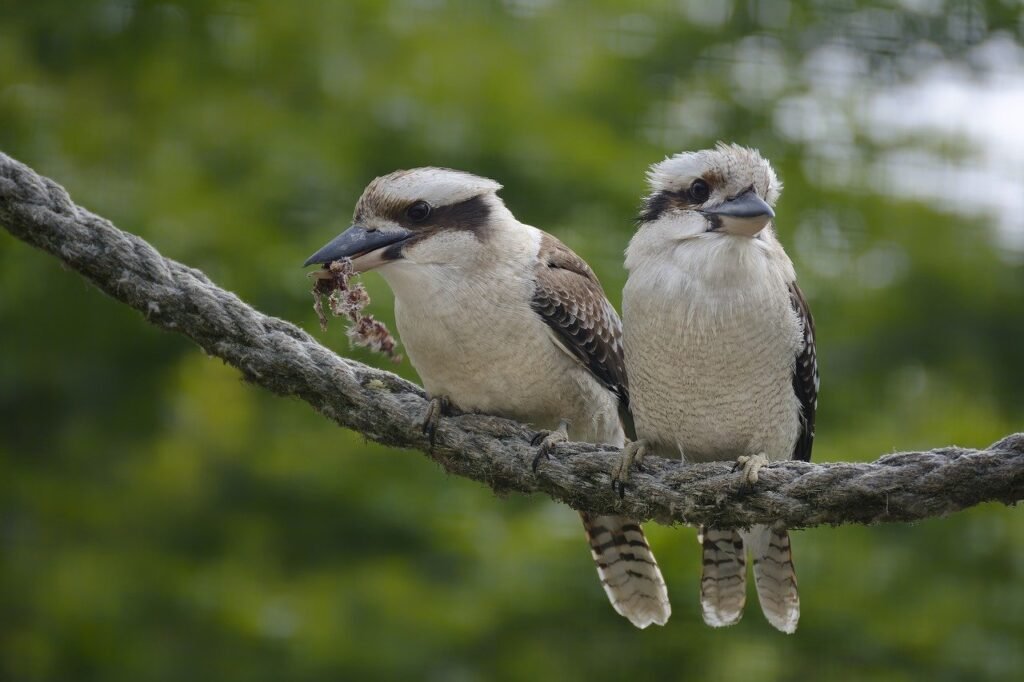

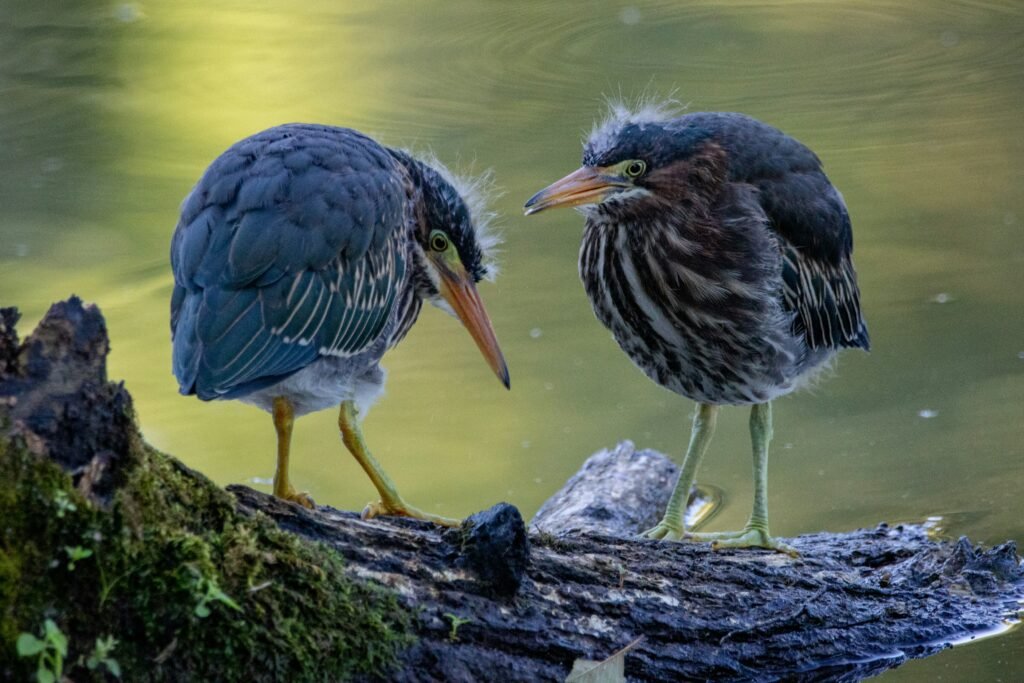
Coringa Wildlife Sanctuary is a biodiversity haven, rich with unique species that thrive in its diverse ecosystems. Spanning a large area, the sanctuary is characterized by lush mangroves, mudflats, and estuarine waters, making it an ideal habitat for various wildlife.
One of the sanctuary’s most notable residents is the endangered olive ridley turtle, which nests on nearby beaches. Protecting this turtle’s habitat is crucial, as it plays an essential role in marine ecosystem health. Beyond turtles, Coringa also supports an impressive array of bird species, serving as a critical stopover for migratory birds like herons and shorebirds, especially in winter. This avian diversity highlights the sanctuary’s environmental importance.
The mangrove forests in Coringa are especially valuable, providing breeding grounds for fish and shelter for numerous species. The mangroves’ complex root systems stabilize the shoreline and create feeding areas for wildlife. Yet, the sanctuary faces serious threats from habitat loss, pollution, and climate change, which endanger its delicate ecosystems.
Conservation efforts remain vital to protect Coringa’s unique biodiversity. With continued action, future generations can experience the sanctuary’s incredible ecological richness.
Activities and Attractions for Visitors

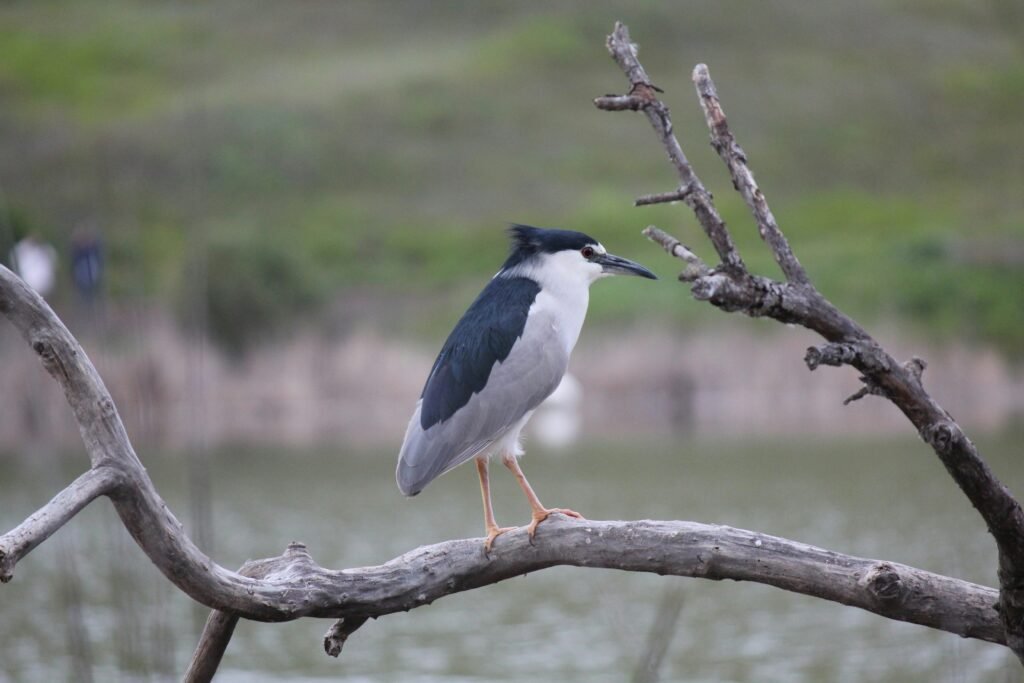
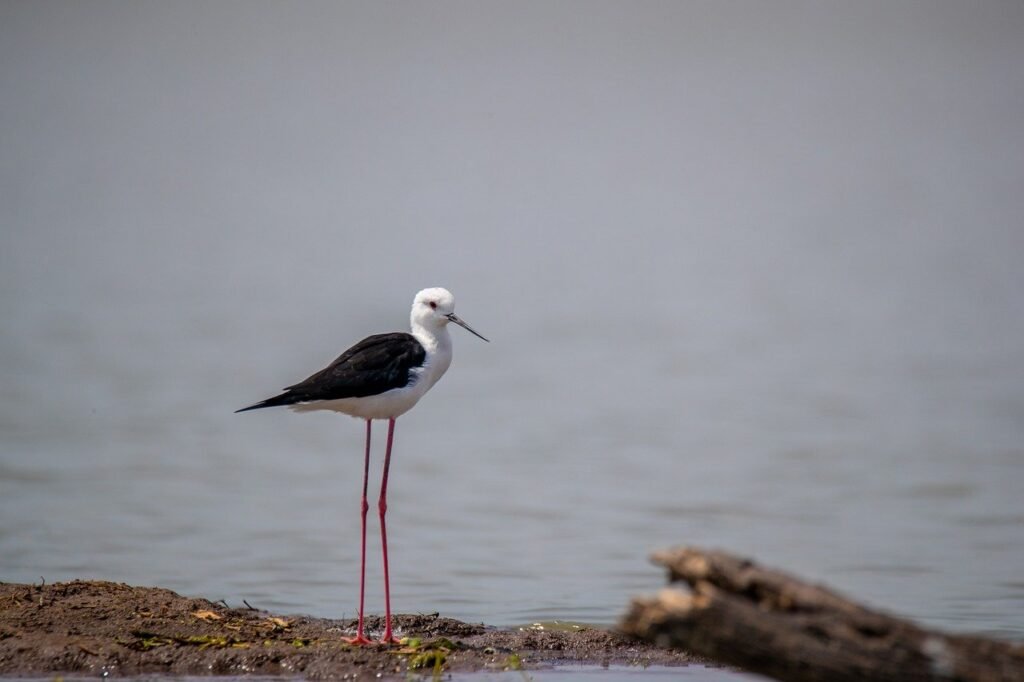

Coringa Wildlife Sanctuary in Andhra Pradesh is a dream destination for nature lovers, offering various activities and attractions. Bird watching is one of the top activities, with the sanctuary hosting a variety of bird species, including migratory ones. The best time for bird watching is from November to March, when flocks of birds enliven the sanctuary, providing visitors with amazing wildlife encounters.
Boat rides through Coringa’s lush mangroves are another popular experience. These rides offer a unique way to explore the ecosystem while enjoying the sanctuary’s peaceful beauty. The mangroves play a crucial role in protecting marine life, and boat rides allow for close-up wildlife observations. To ensure eco-friendly exploration, visitors should book with local tour operators.
For those seeking adventure, Coringa’s trekking trails are perfect. These trails, suited to all skill levels, offer a chance to experience the sanctuary’s rich greenery and wildlife up close. Early mornings or late afternoons are ideal for trekking, as the weather is pleasant and animals are more active.
The sanctuary also provides visitor facilities, including interpretive centers that offer insights into Coringa’s ecology and conservation efforts. To support eco-friendly tourism, visitors are encouraged to follow sanctuary guidelines, like avoiding littering and protecting the environment. Hiring local guides not only enriches the experience but also supports community conservation, helping to preserve Coringa’s natural beauty for future generations.
Conservation Efforts and Future Challenges
Coringa Wildlife Sanctuary, a rich biodiversity hotspot, has been the focus of numerous conservation initiatives aimed at preserving its unique ecosystem. The government, in collaboration with various non–governmental organizations, has developed comprehensive strategies to combat environmental threats such as habitat degradation, poaching, and the impacts of climate change. These efforts are pivotal in maintaining the sanctity of the sanctuary while ensuring the survival of its endemic species.
One of the primary conservation measures implemented within Coringa is the establishment of protected areas, alongside strict regulations against illegal activities such as poaching and logging. Non-governmental organizations play a crucial role in these initiatives by raising awareness, conducting research, and providing resources for habitat restoration. Community involvement is also essential; local residents are encouraged to participate in conservation programs that not only foster a sense of ownership over the sanctuary but also create alternative livelihoods that reduce dependency on natural resources.
The challenges faced by Coringa Wildlife Sanctuary, however, are significant. Climate change poses an existential threat, leading to exaggerated weather patterns, which can disrupt the delicate balance of the ecosystem. Rising sea levels and increased salinity levels threaten mangrove forests, critical for various species’ survival and coastal protection. Moreover, urbanization and pollution further complicate conservation efforts. Continuous monitoring and adaptive management strategies are vital to address these evolving challenges.
Raising awareness about Coringa Wildlife Sanctuary is imperative for galvanizing public opinion and action towards its conservation. Engaging in educational programs and campaigns can foster a greater appreciation for the sanctuary’s ecological significance. By understanding the necessity of preserving this natural habitat, individuals can contribute positively. In conclusion, the collective effort of governmental bodies, NGOs, and the community is key to overcoming current and future challenges, ensuring that the sanctuary remains a thriving environment for generations to come.




